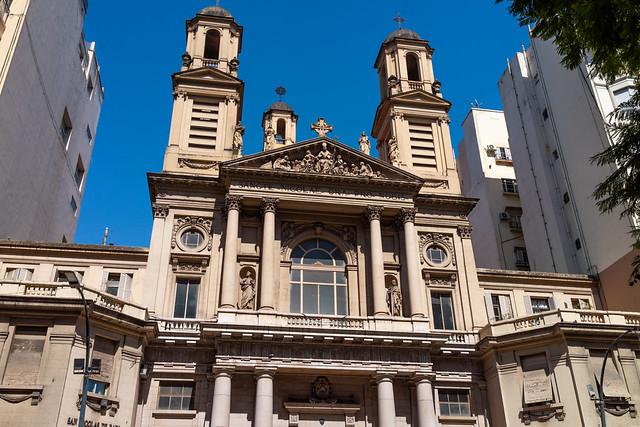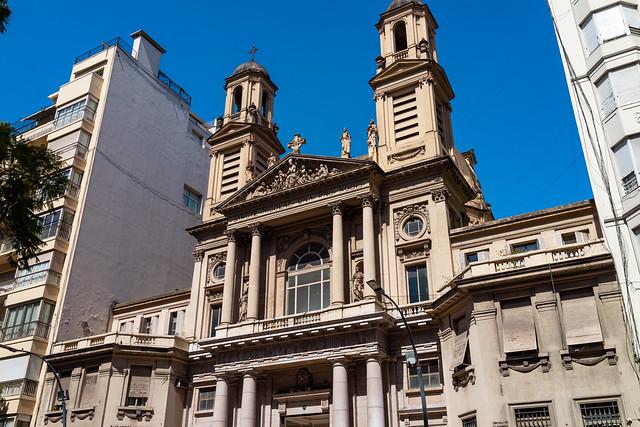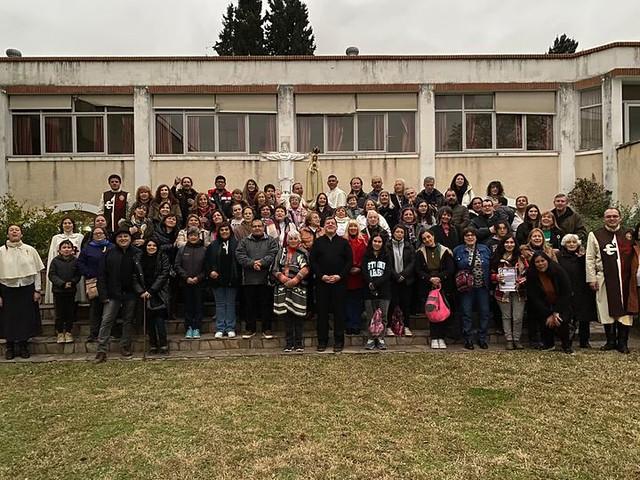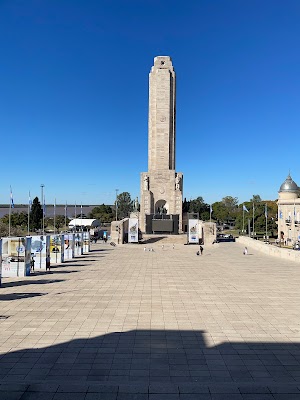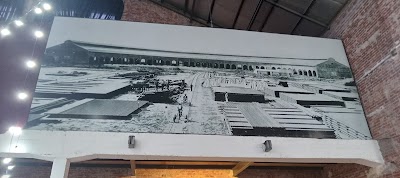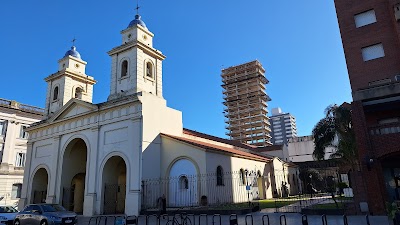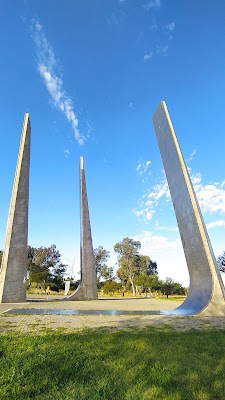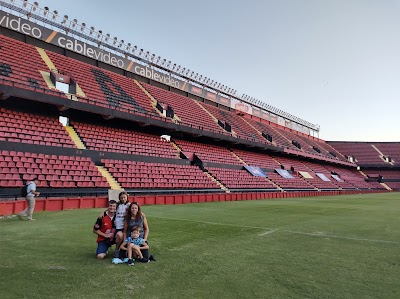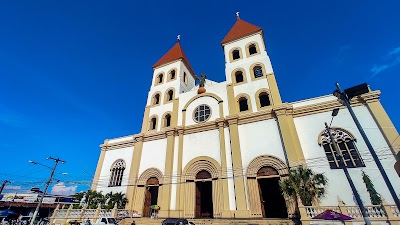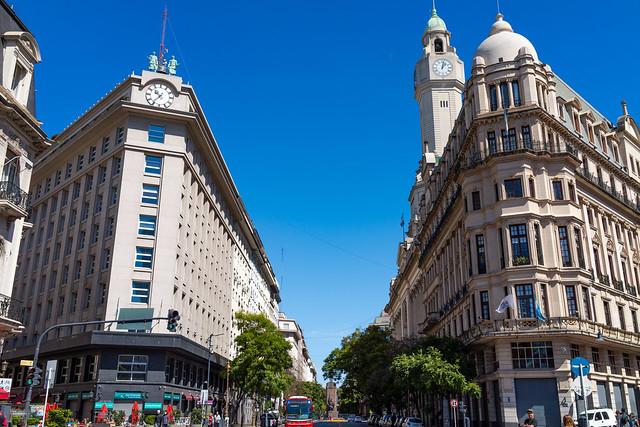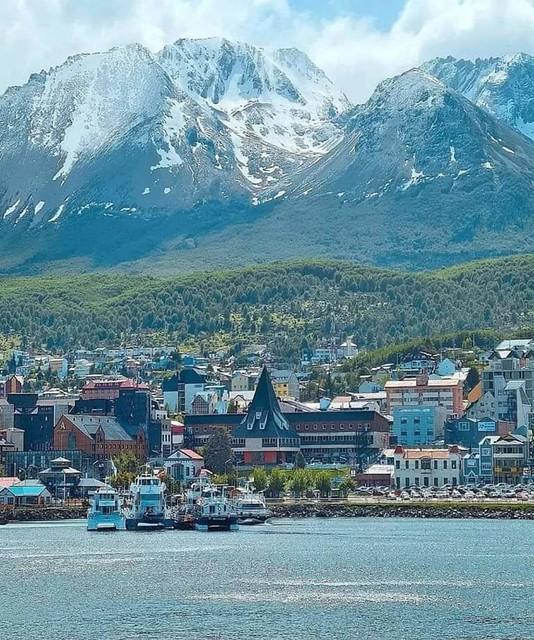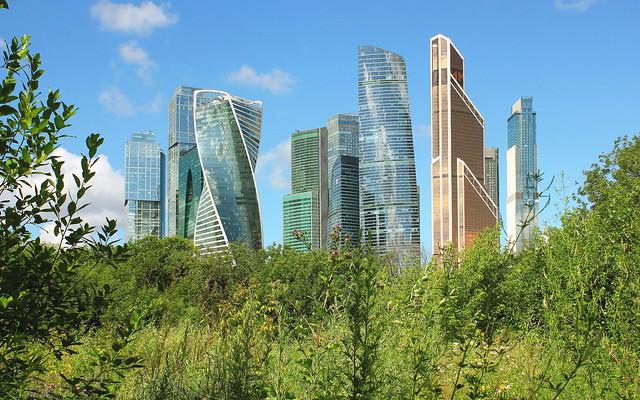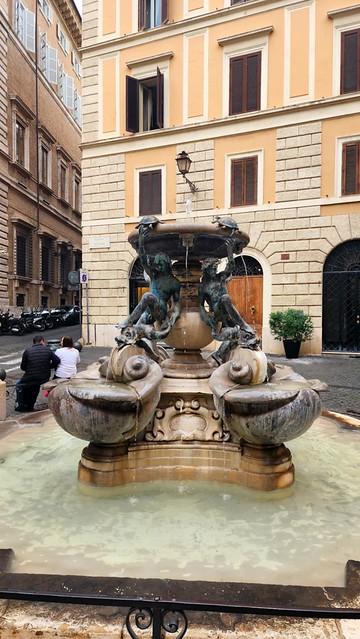Santa Fe
Overview
### Santa Fe, Argentina: A Teen Travel Guide
Overview of Santa Fe
Santa Fe province in Argentina is a vibrant and culturally rich region known for its unique blend of traditions, arts, and natural beauty. Located in the northeastern part of the country, Santa Fe is bordered by the Paraná River, which adds to its scenic charm. The capital city, also named Santa Fe, along with the larger city of Rosario, are bustling urban centers where colonial architecture meets modern arts and café cultures. The region is famous for its festivals, Argentine folk music, and an active nightlife that can be particularly appealing to the younger crowd. The culinary scene here is influenced by both native and immigrant traditions, offering delicious local foods like asado (barbecue) and empanadas.
When to Visit and What to Do
The high season for tourism in Santa Fe is during the Southern Hemisphere’s spring and summer months, from October to March. This period offers warm and pleasant weather, ideal for exploring the outdoors and enjoying the province’s natural attractions. Visitors can enjoy a variety of activities such as bird watching in the wetlands, fishing or boating on the Paraná River, and visiting nature reserves like the Parque Nacional Pre Delta. The warmer months also coincide with many cultural festivities, which are perfect for experiencing the local traditions and vibrant community life. Rosario, in particular, becomes a hub for music and arts festivals, drawing performers and audiences from across the country.
Preparation Tips before Visiting
Before heading to Santa Fe, there are several preparations travelers should consider to ensure a smooth trip. Firstly, since Argentina's weather can be quite varied, packing a versatile wardrobe that includes options for both warmer days and cooler evenings is advisable. Additionally, learning some basic Spanish phrases can be very helpful, as it is the primary language spoken, and not all locals may be proficient in English. It’s also a good idea to familiarize oneself with the local currency (Argentine peso), and perhaps carry a small amount of cash, as smaller shops or rural areas might not accept credit cards. Lastly, make sure to have a valid passport, and check if any specific travel documents are required, depending on your country of origin.
How It Becomes to This
History not available

Places in Santa Fe
Explore the most popular attractions and landmarks
You May Like
Explore other interesting states in Argentina
Discover More Area
Delve into more destinations within this state and uncover hidden gems.


